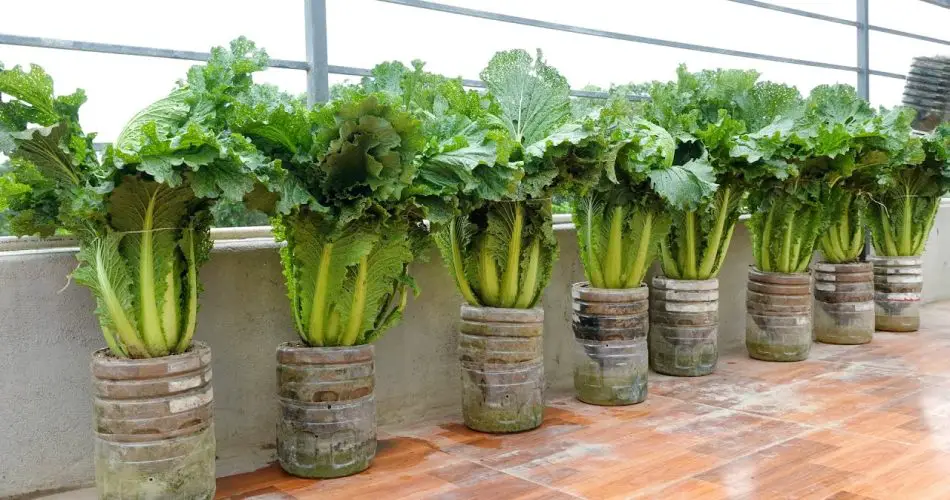Growing lush celery without a traditional garden is indeed possible, and there are creative ways to achieve impressive results even in limited space. Here’s a guide on how to grow celery without a garden, yielding unbelievable results:
Materials Needed:
- Celery Base: Save the bottom part of a bunch of celery after using the upper stalks for cooking. Make sure it has some leaves attached.
- Containers or Pots: Select large containers or pots with good drainage. Choose containers that are at least 8-10 inches deep.
- Quality Potting Mix: Use a nutrient-rich potting mix that is well-draining. You can also mix in some compost for added fertility.
- Watering Can or Hose: Ensure you can provide consistent moisture to the celery plants.
Steps:
- Cutting the Celery Base:
- After using the upper stalks of celery, cut the base, leaving about 2 inches from the bottom. Make sure to leave some leaves attached to the top.
- Container Preparation:
- Fill the containers with the potting mix, leaving about an inch from the top. Pat down the soil gently.
- Insert Celery Base:
- Insert the celery base into the center of the container, burying it about 1-2 inches deep. Ensure that the leaves are above the soil surface.
- Watering:
- Water the celery base thoroughly, making sure the soil is evenly moist. Watering is crucial for celery, so maintain consistent moisture.
- Location:
- Place the containers in a location with indirect sunlight. Celery prefers cooler temperatures, so avoid exposing it to intense heat.
- Maintain Moisture:
- Keep the soil consistently moist but not waterlogged. Celery plants appreciate consistent moisture throughout their growing period.
- Fertilization (Optional):
- If your potting mix doesn’t contain fertilizer, you can feed the celery plants with a balanced liquid fertilizer according to the package instructions.
- Harvesting:
- Celery can be harvested once the stalks are of a desired size. Harvest outer stalks as needed, allowing the inner ones to continue growing.
Tips:
- Choose Organic Celery:
- If possible, choose organic celery for regrowing, as conventionally grown celery may contain chemicals that could inhibit growth.
- Provide Indirect Sunlight:
- While the celery is regrowing, place it in a location with indirect sunlight. Too much direct sunlight can dry out the soil and stress the young plant.
- Patience is Key:
- Growing celery from scraps is a slow process. Be patient, and you’ll start seeing results after a few weeks.
- Transplanting (Optional):
- Once the celery has developed sufficient roots and new growth, you can transplant it into a larger container or directly into the ground if space allows.
Growing celery without a traditional garden is a fun and rewarding project, especially for those with limited space. The key is to provide the right conditions for the celery to regrow and thrive. Adjust the guidelines based on your specific growing conditions and preferences. Happy gardening!
Show Comments



